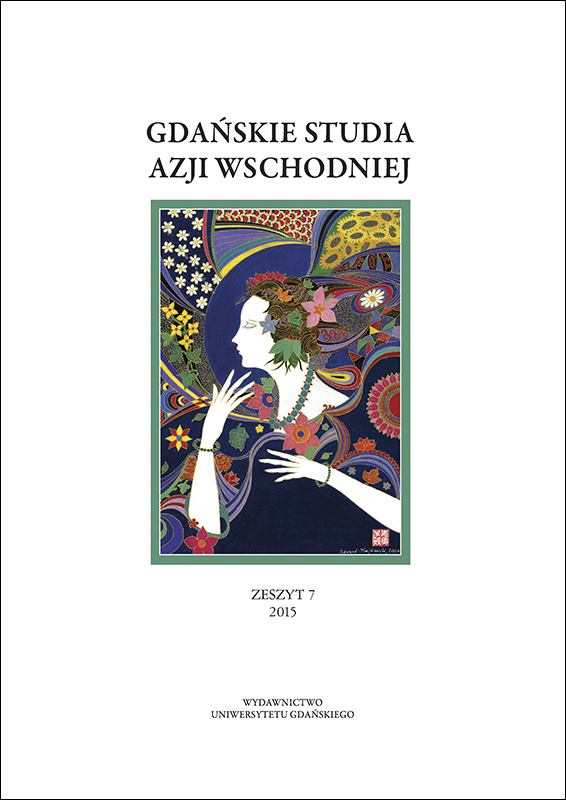Zarys historii mangi
Brief history of manga
Author(s): Karolina ZarychtaSubject(s): Social Sciences, Fine Arts / Performing Arts, Sociology, Sociology of Culture, Sociology of Art
Published by: Wydawnictwo Uniwersytetu Jagiellońskiego
Keywords: manga; Japan
Summary/Abstract: Speaking of Japanese culture, always brings strong associations with bushido codex of samurai, sushi cuisine, blossoming trees of cherry trees and historic clothing like kimonos. Many more can be mentioned, although there is one, the most visible aspect of their life – the presence of manga. Manga (jap. 漫画) nowadays well known around the globe is not so young as many of us believe. The history of the most famous comic books in the world started almost hundred years ago with first Japanese traditional images known as emaki (jap. 絵巻) literally translated as picture scrolls. After many centuries, the period of Edo (1603–1868) revealed new type of art: ukiyo-e (jap. 浮世絵). New technique of woodcut inspired many of artists. One of them, Katsushika Hokusai created The Great Wave off Kanagawa, famous of being the most popular Japanese art of all time. He, also as first man in the world, introduced the term Manga, which means flowing words. During years of historic changes, new kind of infl uence approached. Western foreigners started to discover sacred land of Japan, inspiring them to change old-fashioned lifestyle. European artists set new standards in art, causing caricatures cartoons to appear in local press, inspiring young generations of drawers. Post-war Japanese artist – Tezuka Osamu brought revolution to comic world, with first manga comics such as: Astro Boy (1952), Kimba the White Lion (1950) and Pheonix (1967). Many artists, inspired by Osamu’s work, started creating their own manga. Walt Disney’s technology of animations enabled to bring characters from Japanese comic books to move on screen. During 80’s first anime, as Japanese animations were called, were broadcasted. Dragon Ball, Sailor Moon and Pokemon are only few titles that introduced world of manga and anime to the wider audience. Nowadays, young people each year create new artworks inspired by Japanese style of drawing. Nonetheless, manga and its long history, in large extent, popularized Japan among other countries.
Journal: Gdańskie Studia Azji Wschodniej
- Issue Year: 2015
- Issue No: 07
- Page Range: 159-173
- Page Count: 15
- Language: Polish

